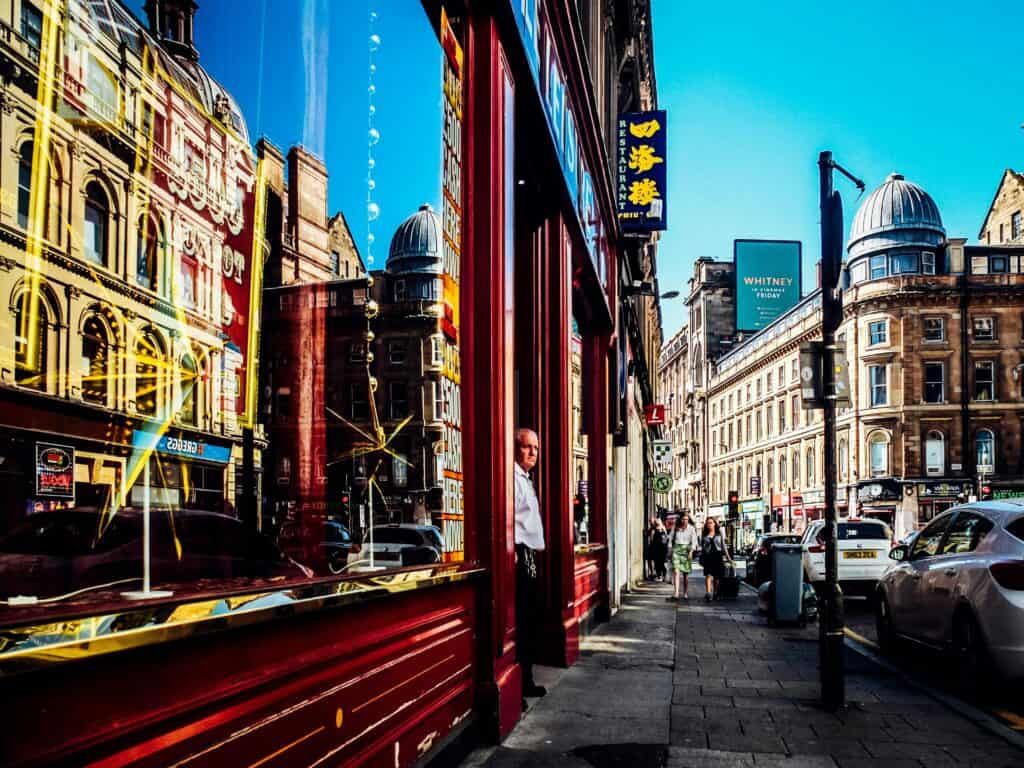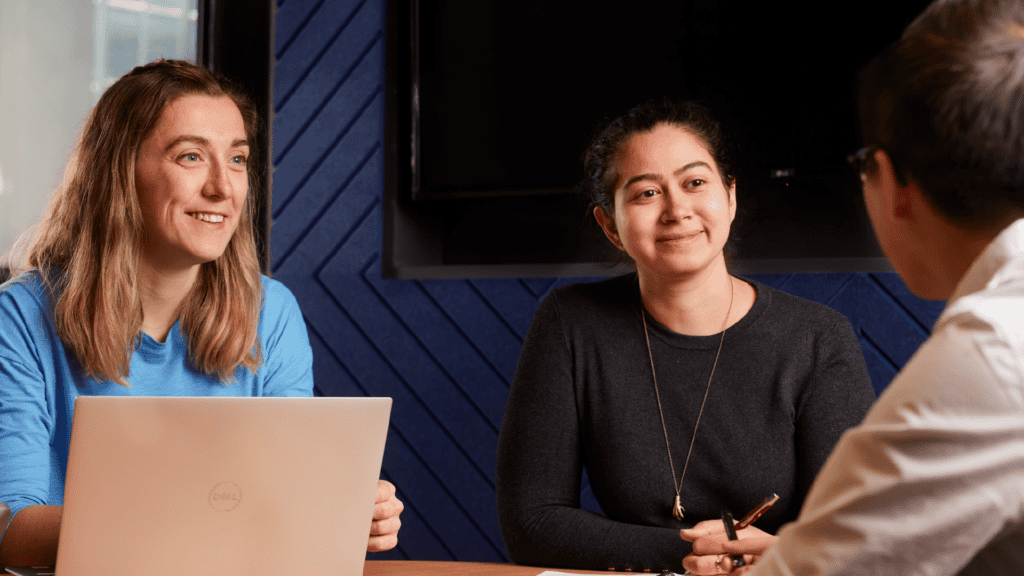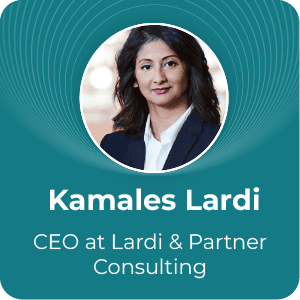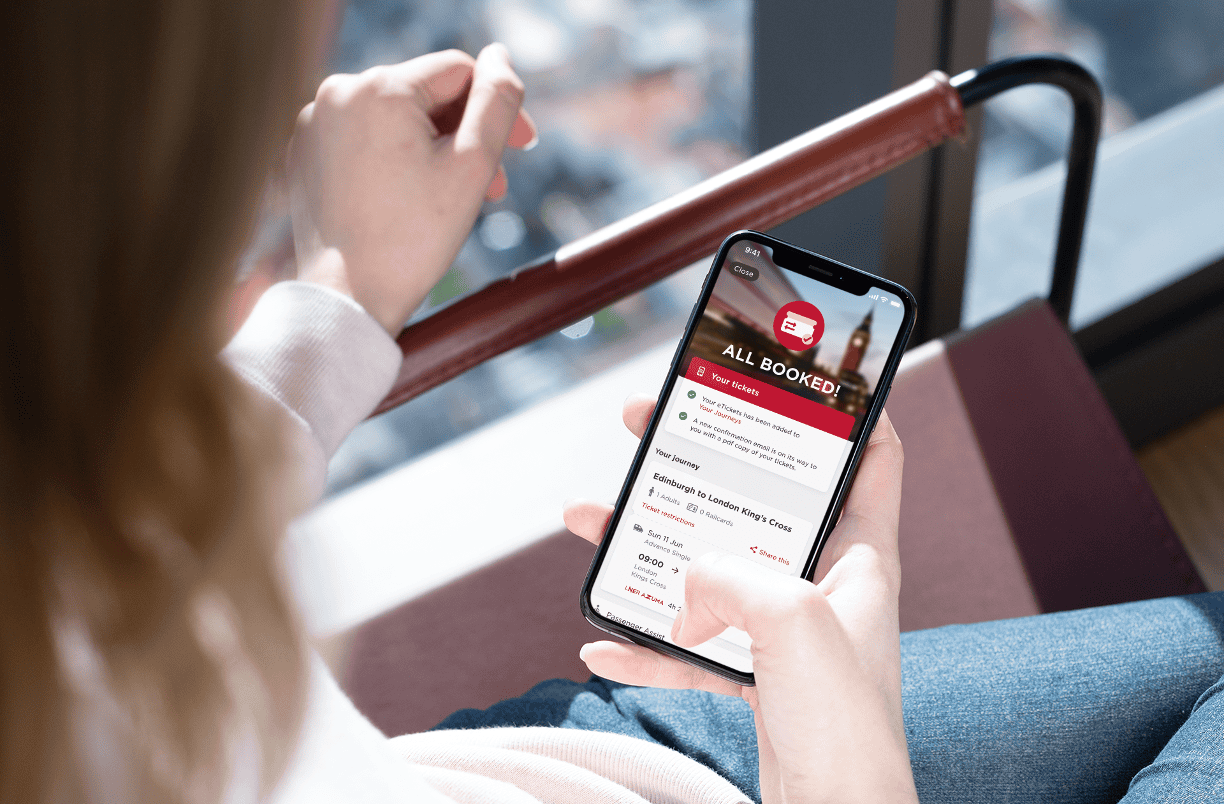I work as a UX designer for Softwire, but my way into this job was not through the traditional route. Having done biology at university before working in the biotech industry, I did not have any experience or understanding of digital design. When an opportunity arose to make a career change, and design came onto my radar, I realised I would have to take time out to learn a whole new skill from scratch.
In the year between deciding to switch industries and finally finding myself at Softwire, I had to support my self-study with part-time work at Greggs, sent countless unsuccessful job applications, and had to deal with the worry of having made a mistake in trying to undertake a career switch that might well not pay off (luckily, it did!). I want to share the story of how I got here, in case it helps anyone who may be thinking of trading in their current job for a job in design and share my own perspective on UX design along the way.
The exciting possibility of a new career
Rewind to summer 2022: I was putting my biology degree to good use, working in the biotech industry in product development. I was tasked with helping refine the production method of a pesticide detoxifying treatment for bees. Guided by my boss, I would peruse scientific papers to look for possible improvements to the product, adjusting our process and equipment to see whether the changes yielded results. While I enjoyed the tight-knit team I worked in, I wished I could have had more creative input rather than just following other people’s ideas.

So, when my boss told me he was quitting, the idea of switching industries and doing something that would give me creative ownership took hold. I handed in my notice and began looking at what kinds of careers I could transition into. Due to my most recent role, naturally, I considered a lot of product-focused work, but that didn’t stop me from toying around with many different ideas, including becoming a baker.
During my search, I came across something I had never heard of before: UX design.
UX design is the process of creating digital products that provide useful and meaningful experiences for people, with a particular focus on usability.
I was already a little familiar with design software from my time in biotech: outside my core role I had been tasked with using Figma to help create content for the company’s social media accounts, and I’d become an enthusiastic user of the tool.
The more I read about UX design in general, the more it instinctively felt like the direction I wanted to head in. It was centred around people — and building things they want — and I would get to use my new favourite toy, Figma. So, with a lot of enthusiasm, I began what was going to be the most uncertain period of my short professional life so far.
First, I needed to develop my knowledge, so I looked at different UX courses and bootcamps. There was no way I could afford an intensive bootcamp (some cost nine grand), so I opted for an online self-taught course. That meant me going in alone and trying to comprehend everything there was about a field that was totally new to me.
I spent the next six months working the weekday 5:30am – 11am shift at Greggs to support myself financially and spending my afternoons on coursework. While I enjoyed what I was learning, without a career path guaranteed, I couldn’t stop that little voice at the back of my mind: “Should I have done a different course with more support?”, “Are my skills from my previous industry actually transferrable?”, and ultimately, “Have I made the right choice in wanting to become a designer?”.

The hard part: Applying
Having completed the UX/UI course and, as part of this, having built three prototypes for my portfolio, it felt like the right time to start applying for jobs. This is what it was all leading up to, and my gosh, does it take the magic out of anything you are setting out to do! It felt like an endless period of writing out long cover letters to companies I thought I wanted to work at with virtually no response – except for the one nobody wishes to hear:
“Thanks for your interest in us, but we won’t be moving forward with your application. We wish you the best for the future.
Kind regards,
The robot we use to reject people”
The truth is, it’s very hard to differentiate yourself from the many other applicants that swarm to ‘entry-level’ job listings. I must have sent over 50 applications over a couple of months, and I was seriously beginning to worry that the fact that I had only done an online course rather than obtained an “official” qualification would mean I’d never be successful in my endeavour of becoming a designer.
I eventually came across a company that looked like an interesting place to work – Softwire – which was offering a summer internship. I was meeting a friend that evening and so had to race to get my application sent off. I hit submit and walked straight out the door to the tube station, only to find that by the time I arrived 12 minutes later, I already had an offer for a first-round interview. Ecstatic. Just under two weeks later I was offered a spot on the internship.
Key things I learnt during my internship
The big day came around and I arrived at the London office for the beginning of a 10-week whirlwind. I met the other interns that I would be working with – we were a unit of eight (six developers and two designers) and were told we would be building a seat selection feature for a Softwire client in the transport sector. I was immediately excited to be working on something tangible that could possibly be used by people all over the UK.
The following 10 weeks completely changed the way I thought about design:
- Collaboration with developers is key: designs come with time, money and build constraints. During the course, they were done to my liking alone, but getting the chance to work with developers gave me a new awareness of all the factors that can impact my design work.
- The necessity of compromise: the way a given feature was built and the order with which the developers needed design decisions can really conflict with the design process itself. I learnt that the whole build process is about communication and compromise to meet everyone’s needs (including the users’).
- You need to speak to the users: going and seeking feedback on your initial designs allows you to modify and feel confident about them. I learnt how important and rewarding speaking to people about designs (and the problems they solve!) can be.
- A tight team unit is really important: working on a project where there are constant curveballs and uncertainty is made into a fun adventure when everyone is excited to collaborate with each other. Having that social aspect to the project also made everyone more invested in the product we were building.
- Building something you are proud of makes it all the more rewarding: getting the chance to present back to actual client product owners (with very positive feedback) was a really fulfilling punctuation on the whole process.

From intern to full-time designer
As soon as the internship officially ended, I went straight back to the old original thoughts of “What am I going to do for full-time work?”. I had no idea whether I was going to get a permanent job or not. I thought I’ll have to get back on with the job hunt so that I don’t “jinx” the outcome of the internship – even if that meant more tedious cover letters. No exaggeration: I was midway through the process of reactivating a LinkedIn premium free trial when Softwire called to offer me a permanent role. Seriously ecstatic.
Since returning, I have been a part of the launch of two Government services and have seen my design understanding mature a lot during that time. My three biggest takeaways so far (and I am sure there are plenty more to come):
- Appreciate the process: naturally, everyone tries to look for shortcuts, but sticking to the process and letting everyone in a multi-faceted team play their role is the best thing you can do for your users. So, for example, don’t rush into the design process before conducting your user research – it will likely cause you rework later, and thus more time spent overall.
- Communication on all levels is essential: whether this is in how designs communicate information to users, how you relay work to clients or how you collaborate with colleagues, you need to ensure that there is a mutual understanding of what is happening, and why. This is especially key on large scale projects like government services.
- You are not your user: I think this is the most important one of all. There is such a wide array of people with wildly differing needs that use a given service or product, and always trying to take a step back and not look at it through your own experiences is crucial in creating something that works for everyone.
Some brief interview advice
As part of my new job at Softwire, I also had the surreal, full-circle experience of interviewing this year’s interns. This gave me a great opportunity to consider my own interviews and what I could have done differently.
- Make sure your portfolio represents you: it’s hard to stand out in a world of online applications, so make sure you showcase work that you feel strongly about, and that represents your individual interests.
- Acknowledge your areas to improve: nobody is expecting you to have all the answers as an entry-level or junior applicant, even if when interviewing it sometimes it feels like you should. If you are proactive in sharing where you want to improve, it can show the level of self-awareness and ambition that is needed to flourish within design.
- Be passionate: it’s so much easier for someone to believe in you, and your willingness to learn, if they can see the passion that will be the driving force behind it.

Reflecting on my journey
Thinking back to the beginning of my career-switching journey, when people asked me what I did for work, they would always get the same spiel: “I’m trying to get into design but am doing a bit of work at Greggs to help get by”. I remember not feeling very proud about it at the time, as I was worried I’d made a mistake in putting so much on the line for a shot at a role in design. Sending in so many applications and failing to make any headway didn’t help with my worry of feeling like an imposter.
This October marked the first year since joining Softwire full-time. I can safely say the last year of work has made the strain, uncertainty, rejection and self-doubt of the prior career-switching year worthwhile.
I now get an opportunity to work creatively and think inventively about different problem spaces. I am also finally getting my own ideas out rather than just putting someone else’s into practice. I’m proud to work as a UX designer at a great company with great people, and I am excited to have the chance to work on important projects.
Looking for your own career change?
If you’re looking for a new role, we’ve got a number of vacancies that may be right for you:


